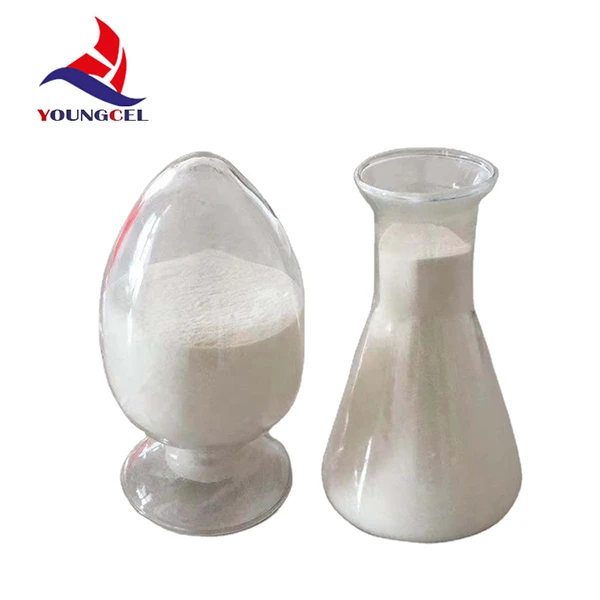The Role of Agents in Thickening A Comprehensive Overview
In the world of food science, thickening agents play a crucial role in enhancing texture and consistency in various culinary applications. These agents are essential for transforming liquids into more viscous and stable products, improving not only the mouthfeel but also the overall sensory experience of food. From sauces and soups to desserts and dressings, thickening agents are versatile components that serve both functional and aesthetic purposes.
Understanding Thickening Agents
Thickening agents are substances that increase the viscosity of a liquid without substantially altering its other properties. They can be derived from natural or synthetic sources. Natural thickening agents include starches, gums, and proteins, while synthetic agents generally comprise modified starches and other chemical compounds. The choice of a thickening agent often depends on several factors, including the desired viscosity, heat stability, and interaction with other ingredients.
Types of Thickening Agents
1. Starches One of the most common thickening agents, starches are polysaccharides that can absorb water and swell when heated. Cornstarch, potato starch, and tapioca starch are frequently used in cooking to create a smooth, thick consistency. Their thickening power is often activated by heat, making them an ideal choice for sauces, gravies, and puddings.
2. Gums Gum thickeners, such as xanthan gum and guar gum, are derived from plant or microbial sources and are known for their ability to create a stable viscosity even at low concentrations. They are often used in gluten-free cooking as they mimic the elasticity provided by gluten in wheat-based products. These agents can also help stabilize emulsions, preventing ingredients from separating.
3. Pectins Found primarily in fruits, pectin is a natural thickening agent commonly used in jams and jellies. When heated with sugar, pectin forms a gel-like consistency, which is crucial for preserving fruit and enhancing flavor. The use of pectin is not limited to preserves; it is also becoming popular in modern gastronomy for creating innovative textures in savory dishes.
4. Proteins Some proteins, like gelatin and agar-agar, serve as gelling agents, which provide a unique thick texture. Gelatin, derived from animal collagen, is used widely in desserts like mousses and jellies, while agar-agar, a plant-based alternative derived from red algae, is prized in vegan cooking for its ability to set liquids without adding animal products.
agents thickening

Mechanisms of Action
The mechanism through which thickening agents work typically involves increasing the resistance of a liquid to flow. When a thickening agent is added to a liquid, it tends to either hydrate and swell or interact with water molecules. This interaction traps water, creating a network that restricts the movement of the liquid and consequently increases its viscosity.
The effectiveness of a thickening agent can be influenced by several factors, including the temperature, pH, and the presence of other ingredients. For example, acidity can affect the behavior of certain starches and gums, making it essential for food scientists and chefs to understand these interactions when formulating recipes.
The Art of Thickening in Cooking
Mastering the use of thickening agents is an essential skill for chefs and home cooks alike. Achieving the right consistency can elevate the quality of a dish, creating a desirable mouthfeel and enhancing flavor delivery. It is important to note that while thickening agents can provide a quick fix for texture, understanding their properties and how they interact with other components in a dish is vital for achieving a harmonious balance.
In contemporary cuisine, thickening agents are being used creatively to push the boundaries of traditional cooking. Chefs are experimenting with various combinations to develop iconic dishes that surprise and delight diners. For instance, molecular gastronomy often employs thickening agents in unconventional ways to produce foams, gels, and spheres that offer an array of textures not found in classical techniques.
Conclusion
The importance of thickening agents in cooking and food science cannot be understated. They serve essential roles not just in achieving desirable textures but also in enhancing the stability and shelf-life of many food products. As culinary practices evolve, understanding and utilizing these agents effectively will continue to be a key aspect of innovative cooking. Whether in a professional kitchen or at home, the right thickening agent can transform a simple dish into an extraordinary culinary experience.
-
The Application and Significance of Construction RdpNewsMay.19,2025
-
Industrial Grade HpmcNewsMay.19,2025
-
Building Coating Adhesive Building Coating Adhesive HpmcNewsMay.19,2025
-
Application Of Hpmc For Detergent For Detergent In DetergentsNewsMay.19,2025
-
Application Of Hpmc Cellulose In Cement-Based MaterialsNewsMay.19,2025
-
Application Of High Quality Hpmc For Construction In The Field Of ConstructionNewsMay.19,2025




